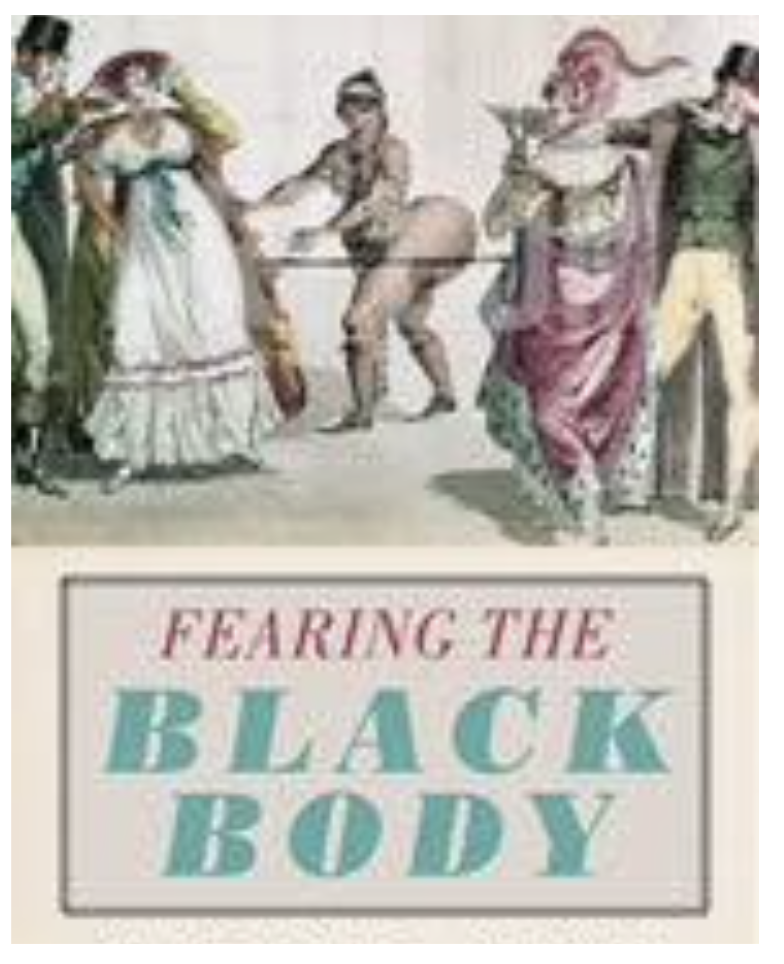Having crushed self-employed gig workers, California sets its sights on rising food prices for the poor
/eeek! make them stop eating!
California fast food woes would be set by the government under bill passed by state Senate
California’s Legislature passed a bill Monday to create a government panel that would set wages for an estimated half-million fast food workers in the state, a first-in-the-U.S. approach to workplace regulation that labor union backers hope will spread nationally.
The bill, known as the Fast Act, would establish a panel with members appointed by the governor and legislative leaders composed of workers, union representatives, employers and business advocates. They would set hourly wages of up to $22 for fast food workers starting next year and can increase them annually by the same rate as the consumer-price index, up to a maximum of 3.5%.
“People shouldn’t be eating fast food, anyway”, Victoria Muckbinder told FWIW, “it’s the leading cause of death in California, second only to gang shootings, so if increasing the cost of eating beef and cage-raised, non-organic chickens discourages the sheeple from patronizing such establishments, good: we’re the only ones to patronize around here.
“Besides”, she continued, ‘those people’ won’t be allowed to have cars by 2030, so drive-ins will be obsolete anyway in seven years — we’re just speeding up the process.”
Is it rude to mention that the fast food workers the unions and legislators claim to be concerned about will all be replaced by robots in the surviving restaurants? The real minimum wage is always zero.
The war against fast food so as to slim down the poor more quickly than the coming famines will is still just starting, with a ban on drive-in windows the first shot. And, while California’s not the only state to ban drive-ins at fast food joints, it’s among the leaders of the movement.
…. Such legislation is also sometimes promoted as an opportunity to create healthier food environments and curb obesity. In a study analyzing drive-through bans in 27 Canadian cities, researchers noted, "health promotion and chronic disease prevention are public health gains from the implementation of fast food drive-through service bylaws."
In South Los Angeles, where an estimated 45% of the 900 restaurants in the area served fast food and almost 37% of adults and 30% of children were obese, a 2008 regulation that prohibited opening or expanding stand-alone fast-food restaurants and drive-through windows was aimed at curbing that health epidemic.
Some question the effects, although certainly not the well-intentioned motives of these overseers of the poor:
In the report "The City Planner's Guide to the Obesity Epidemic: Zoning and Fast Food," researchers support the idea that zoning could help protect residents from high-calorie, high-fat foods, saying that the purported public health benefits provide "a logical and compelling justification for the regulation of fast food outlets by zoning laws to protect the public's health from the devastating obesity epidemic."
Roland Sturm, a senior economist at Rand Corp., a nonprofit research firm, calls the notion ridiculous. Proponents of the bans often tout potential health benefits, he explains, but there is no evidence to back up those claims.
Obesity rates went up, not down, after South Los Angeles banned new stand-alone fast-food restaurants and drive-through windows, according to research published in the journal Social Science & Medicine in 2015. Sturm, the lead author, notes that the rates of overweight and obesity continued climbing in the three years following the ban.
"We need to be careful not to overstate what these bans can do," says Sturm. "If we want to lower obesity and want people to be healthier, [drive-through bans] are not going to achieve that."
Forcing its subjects to heat, cool and cook with electricity, buy only free-range meats, and pesticide, organic fruits and vegetables will send prices skyrocketing for all, but poor people tend to have less money than the rich, so it will affect them more than the Hollywood celebrities recreating by their pools in their walled and gated estates. But isn’t that the point?

